News
COCONUT FIBER LINER USED FOR GARDENING UNIQUE
Coconut Fiber Liner to line the inside of wire hanging baskets, window planters and freestanding planters. Made from compressed coconut fibers, the liners hold the soil in wire baskets while creating a natural look. Coconut planter liners come in a range of shapes and sizes to fit different planters. If you’re not sure on the size, go big and trim it down.
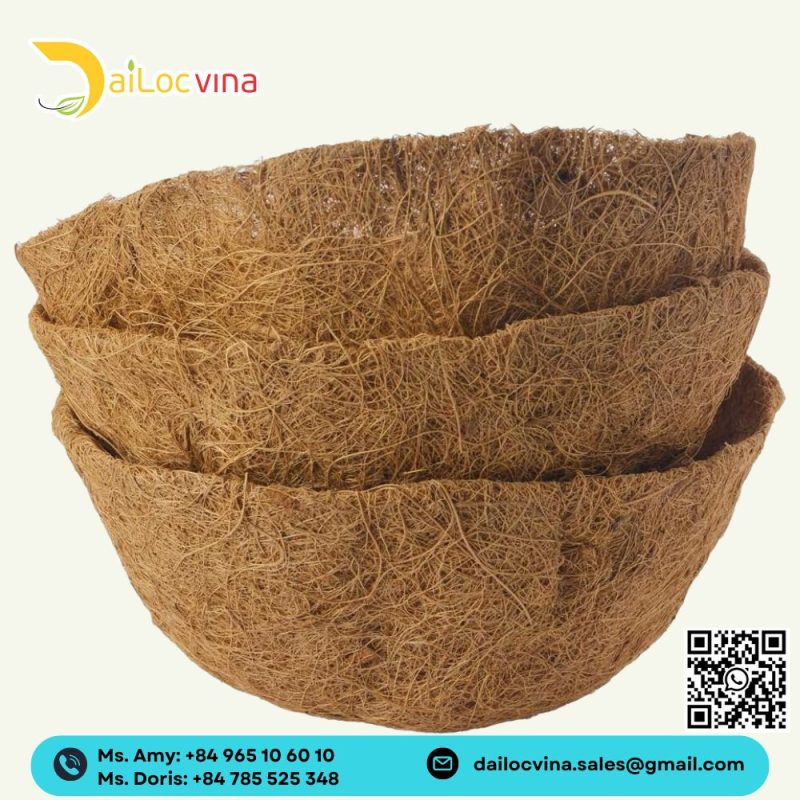
Specifications of Coconut Fiber Liner

Benefits of Using Coconut Fiber Liner in Planters
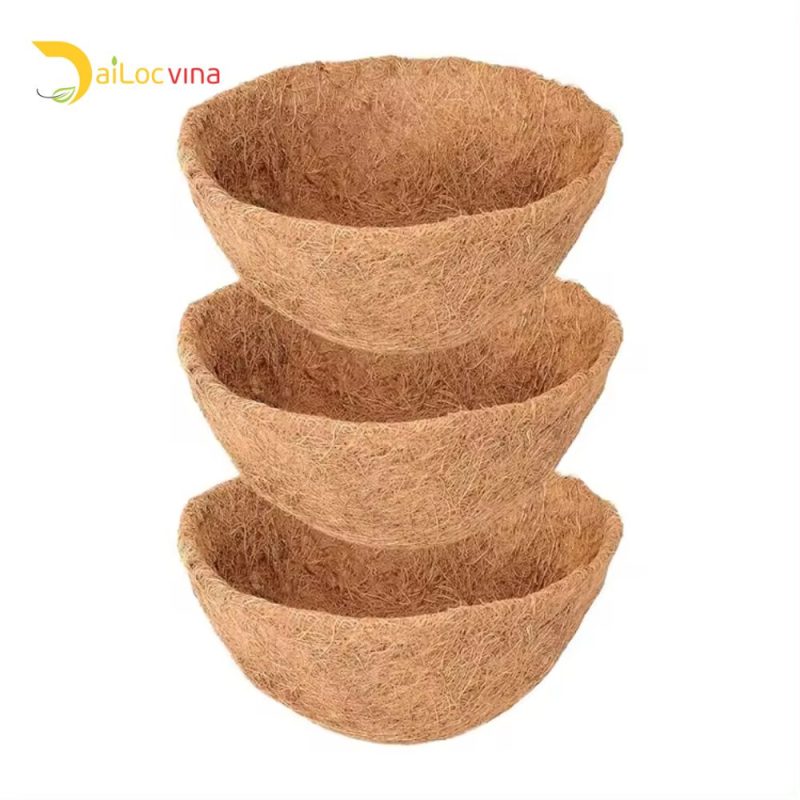
- Natural and Sustainable Materials: When it comes to selecting the ideal liner for your planters, coconut fiber liner provides several options. One of the primary benefits is that they are composed of natural, sustainable materials. Coconut fiber liner is commonly manufactured of coconut coir, which is obtained from the fibrous husk of coconuts. This implies they are a more environmentally friendly option than synthetic alternatives.
- Excellent drainage and aeration: Another advantage of utilizing coconut fiber liners for planters is their superior drainage and aeration capabilities. The porous quality of coconut coir allows excess water to quickly drain away, keeping the roots from becoming waterlogged. At the same time, it ensures enough oxygen circulation to the roots, fostering healthy plant development. This is essential for avoiding root rot and other water-related problems that might harm plants.
- Retains moisture for longer periods: Coconut fiber liners provide good drainage, but they also have the capacity to store moisture for extended durations. Coconut fiber liner have a high water retention capacity, allowing them to absorb moisture and gently release it to plants as needed. This is especially useful in hot and dry areas, where plants may need more regular watering. Using coco liners will assist your plants maintain appropriate moisture levels, minimizing the need for regular watering and preserving their general health and vitality. In conclusion, coconut fiber liner provides various benefits for planters. They are built of natural and sustainable materials, have great drainage and aeration, and can hold moisture for longer periods of time. By using coconut fiber liner in your pots, you can provide a perfect environment for your plants to grow.
How to Choose the Right Coconut Fiber Liner for Your Planter
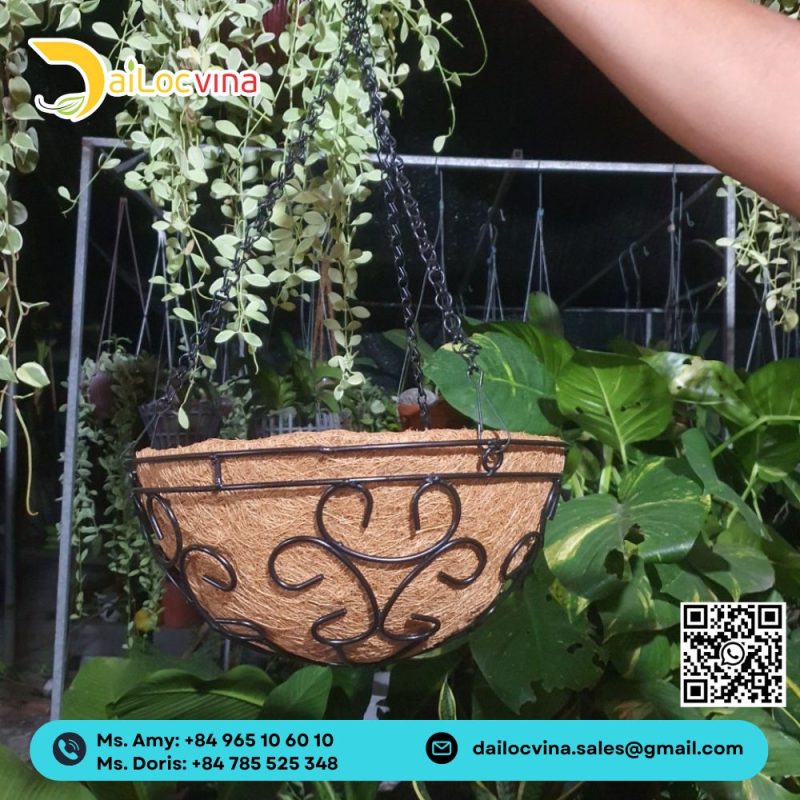
- Consider the planter’s size and shape: When selecting a coconut fiber liner for your planter, you should consider its size and form. Coconut fiber liners come in a variety of sizes, so measure the dimensions of your planter to ensure a good fit. Also, consider the form of your planter. Some coco liners are especially made for round or rectangular planters, while others may be simply trimmed to fit a variety of sizes. Selecting a liner that fits the size and form of your planter will guarantee a snug and secure fit.
- Check the thickness and quality of the liner: The thickness and quality of a coconut fiber liner determine its longevity and efficacy. Thicker liners are more durable and can tolerate extended exposure to damp and sunshine. When picking a coco liner, feel the material to determine its thickness. A thicker liner will feel stronger and more solid. In addition, consider the general quality of the liner. Look for evidence of fraying or loose fibers, which may indicate a low-quality product. Choose a coconut fiber liner with an appropriate thickness and high-quality construction to guarantee it can endure the demands of your planter.
- Look for environmentally friendly and biodegradable options: In today’s ecologically concerned society, it is critical to examine the eco-friendliness of the things we consume. When selecting a coconut fiber liner, look for products that are certified eco-friendly and biodegradable. Coco liners are generally constructed of coconut coir, which is a natural and sustainable material. By using eco-friendly and biodegradable liners, you may lessen your environmental effect and contribute to a more sustainable gardening practice. Look for certifications or labels that state the coco liner is created from renewable materials and has a low environmental effect. Remember that while selecting the correct coco liner for your planter, you must consider the size and form of your planter, as well as the thickness and quality of the liner. You should also choose eco-friendly and biodegradable solutions. Taking these variables into mind will ensure a good and sustained planting experience.
Steps to Install Coco Liners in Planters
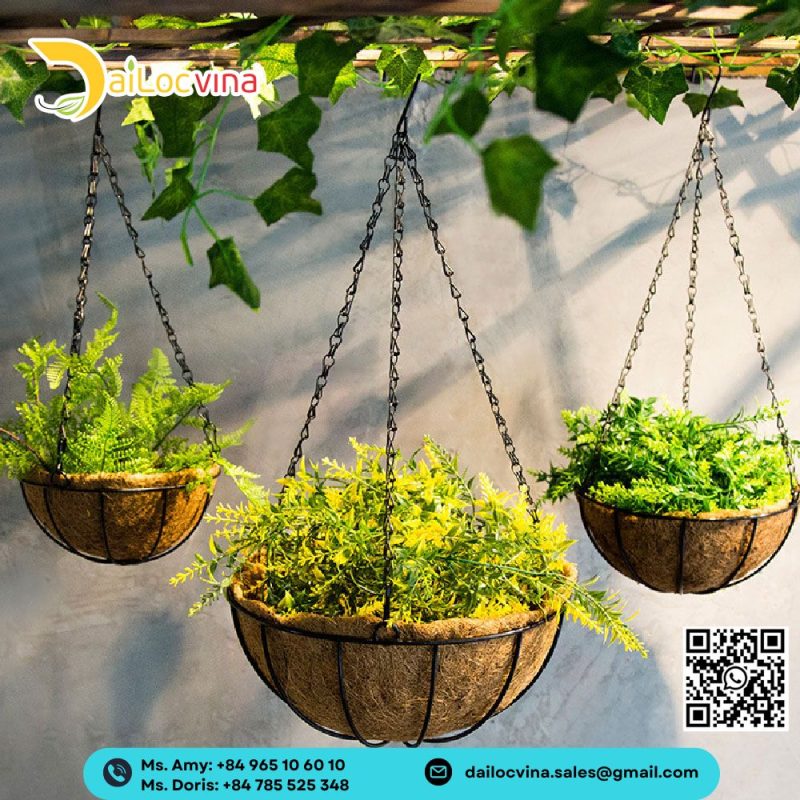
- Measure and cut the liner to fit the planter: Before you insert the coco liner in your planter, make sure you measure and cut it to the correct size. Begin by inserting the coco liner into the planter and making sure it completely covers the internal area. Trim away any extra material that goes over the planter’s rim using sharp scissors or a utility knife. Take your time with this step to guarantee a perfect fit, since a correctly sized liner will offer the most support and protection to your plants.
- Soak the liner in water for improved flexibility: Once you’ve cut the coco liner to the appropriate size, soak it in water before placing it in the planter. The soaking procedure increases the liner’s elasticity, making it simpler to mold and shape to the planter’s curves. Immerse the liner in a bucket or basin of water for 10 to 15 minutes to allow it to thoroughly absorb moisture. As the liner becomes saturated, it softens, making it easier to maneuver into position.
- Secure the liner in place with clips or staples: Once the coco liner has soaked and become pliable, it is essential to fix it within the planter. One popular approach is to use clips or staples to fasten the liner against the planter’s sidewalls. These clips or staples are commonly found at garden supply stores and are usually constructed of rust-resistant materials like stainless steel or plastic. Depending on the size of your planter, you may need to use many clips or staples to hold the liner in place. Simply connect them to the planter’s top border, fastening the liner to the sides. This step is necessary to keep the liner from moving or sliding out of position.
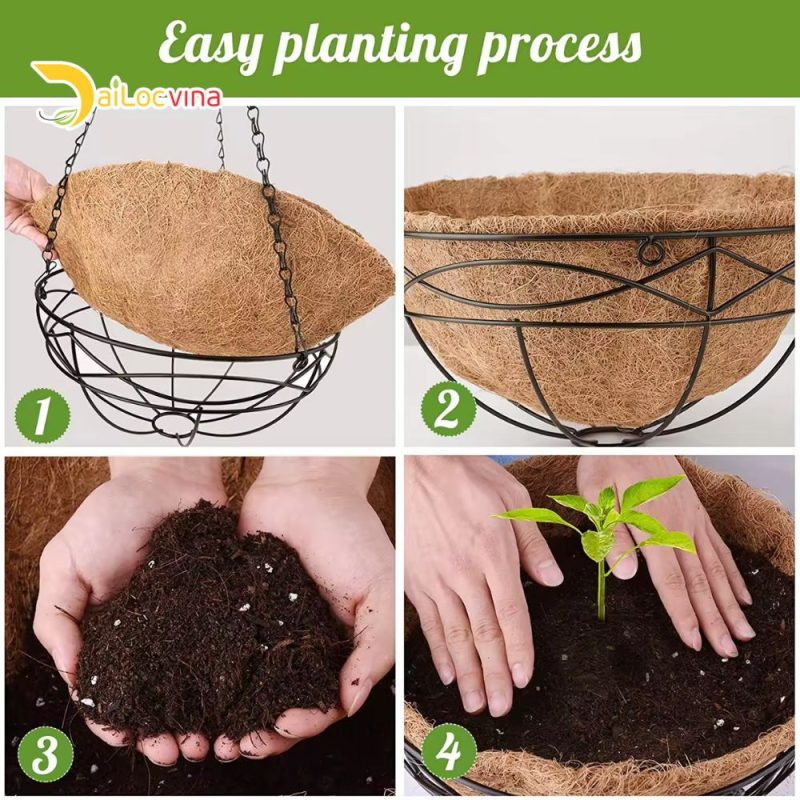
By following these easy procedures, you can simply insert coco liners into your pots, creating a natural and sustainable habitat for your plants to grow. The measured and custom-cut lining provides a fitted fit, and soaking in water increases its elasticity, making it simpler to work with. Finally, fastening the liner with clips or staples keeps it in place, giving a solid and supportive base for your plants. So, go ahead and give your planters a comfortable and eco-friendly makeover with coco liners!
COCONUT FIBER LINER PRODUCT AT DAILOC VINA
At DAILOC VINA, our employee is skillful and hard-working so each rolls of coconut fiber liner will be carefully made and produced. We always try to deliver the best product ant the most competitive price.
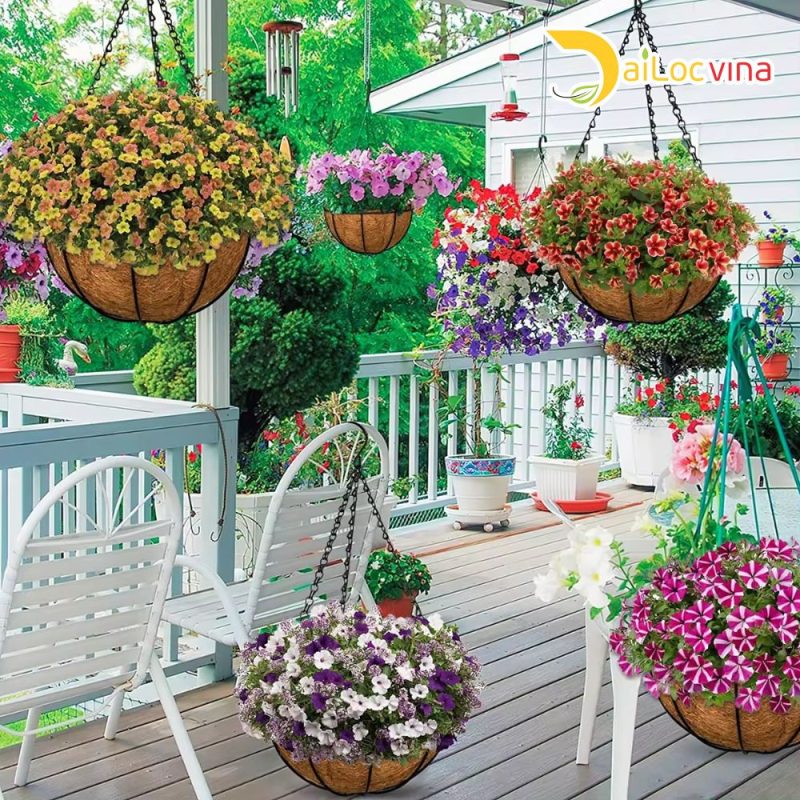
Come with us, you will feel trustfully at all.
Mr Ryan (Vietnam): 84 938244404 (Kakaotalk, Wechat, Whatsapp)
Ms. Amy (English) : 84 965106010 (WhatsApp/Wechat/Kakao)
Ms. Doris (English): 84 785525348 (WhatsApp/ Wechat)
Ms.Lan ( 한국 영업 담당자 ): 84 969273598 | Kakaotalk ID: hoailan98
阮秀钗 (中文): 84 933320776 微信ID:TuTram1008
阮祥薇(中文): 84397317401 微信ID:Nttv0608
Website: https://cocohitech.com/ (English)
Website: https://kr.cocohitech.com/ (Korea)
Website: https://cocohitech.jp/ (Japan )
Youtube: https://www.youtube.com/watch?v=a0tXthbbHNw
